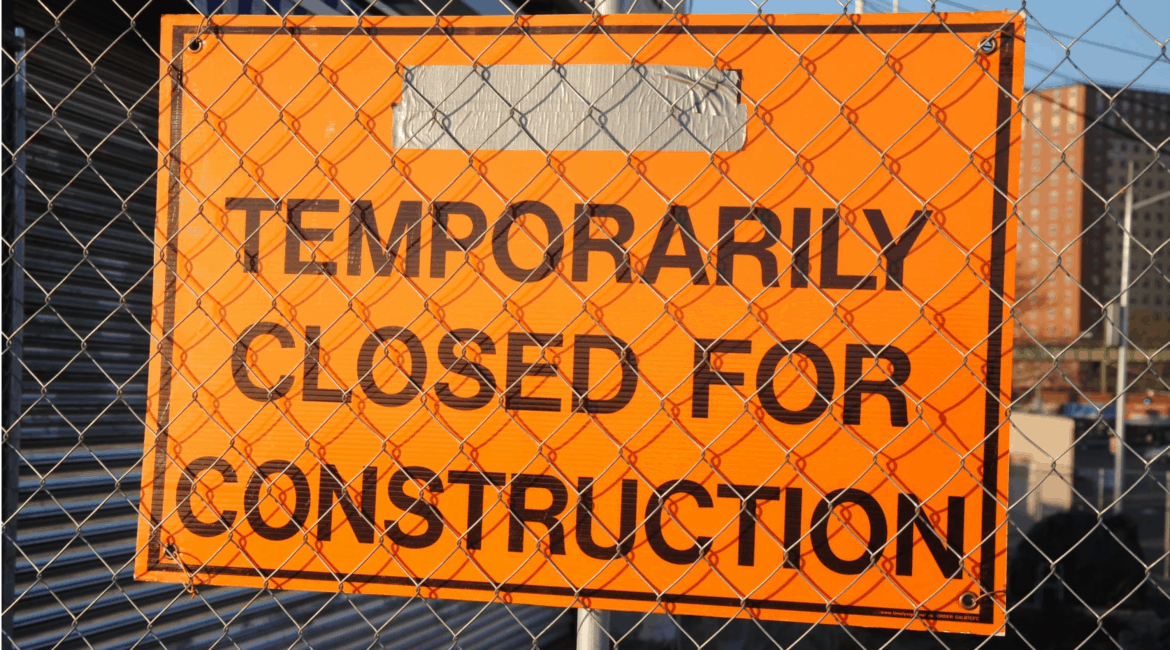If you are taking on a home refurbishment project and suspect that there might be asbestos present then you need to deal with it carefully. Asbestos poses a serious health risk and shouldn’t be touched with specialist equipment. Asbestos came into use in the 1930s and was still used in homes up until the 1990s. If the home you are working on was constructed in that time period then there is a high possibility you may find some asbestos.
What Is Asbestos?
Asbestos is a natural material. It is resistant to heat, electricity and chemicals. In its pure form, it is an excellent insulator. The asbestos fibres can be combined into many different forms and materials. It can be mixed into cement, drywalling, sealants, and adhesives.
If the asbestos-containing materials are in good repair then there is no reason for concern. However, if the materials become damaged, then the asbestos fibres can become aerosolised. If this happens the fibres are small enough that they can easily be breathed in which can be hazardous to lung health.
Why Might You Find Asbestos In Your Home
Because of the resistant properties of asbestos, it was most often used as insulation. When you start on your project you should keep an eye on the following materials for signs of asbestos:
- Roofing
- Insulation within cavity walls, attics, and floors
- The cement of the walls
- Flooring
- Gutters and pipes.
While there are lots of possible places where asbestos could be present, there is no need for immediate concern. As long as the materials that contain the asbestos are in good condition, there is no cause for concern. Asbestos only becomes a problem when the fibres are able to become airborne.
How To Identify The Presence Of Asbestos
The manufacturer’s label on building materials is the only way to be certain of their contents, by simply looking. In the absence of a label, lab testing is the only way to be sure. If you have any suspicion that the materials you are working with contain asbestos, then you should treat them as if they did. It is better to be safe.
Why You Need To Remove Asbestos From Your Home
If the materials that contain asbestos become damaged then the fibres can become airborne. This toxic dust has no taste or smell so you can’t tell if you are breathing it in. If you inhale the fibres, then they become embedded in your cells. The body has no way to remove the asbestos, so the more you are exposed, the more the asbestos builds up in your body.
The asbestos can then lead to inflammation, scarring or genetic damage to the cells it is in. This can ultimately lead to a severe type of cancer called mesothelioma.
If you discover any materials that you suspect of containing asbestos, then you should take steps to have them removed from the house as soon as possible. Even though the asbestos is only dangerous when it is deteriorating, it is best to remove it before this begins to happen. It is especially important to remove any asbestos-containing materials that are located in high traffic areas of your home.
Types Of Asbestos
As asbestos is a naturally occurring material it comes in different types. There are three main types that are divided based on their colour.
White asbestos is often used in homes and garages. The asbestos is grey or white in colour, and the material is both strong and flexible. Brown asbestos is most commonly used in thermal insulation. Blue asbestos is the final type of asbestos. However, it was rarely used in the UK. It is only used for high-temperature applications.
How To Remove Asbestos From Your Home
If you suspect that there is asbestos in your home, then you should enlist the help of a professional construction company to remove the material. It is not advisable to remove the materials yourself. This is because the material is likely to become damaged during the process of removing it. If not done with great care this can lead to the release of toxic dust. This can easily lead to you breathing in a large amount of asbestos.
If you suspect the presence of asbestos, your first step is to locate a certified asbestos removal specialist. They should be able to come in and test any suspicious materials. If asbestos is confirmed to be present they will be able to carry out the work using specialist safety equipment.
Because of the specialised nature of the job, there will be costs involved with the removal of asbestos from your property. However, it can be worth checking with your local council before you start the work. Some councils will remove small amounts of material for free.

